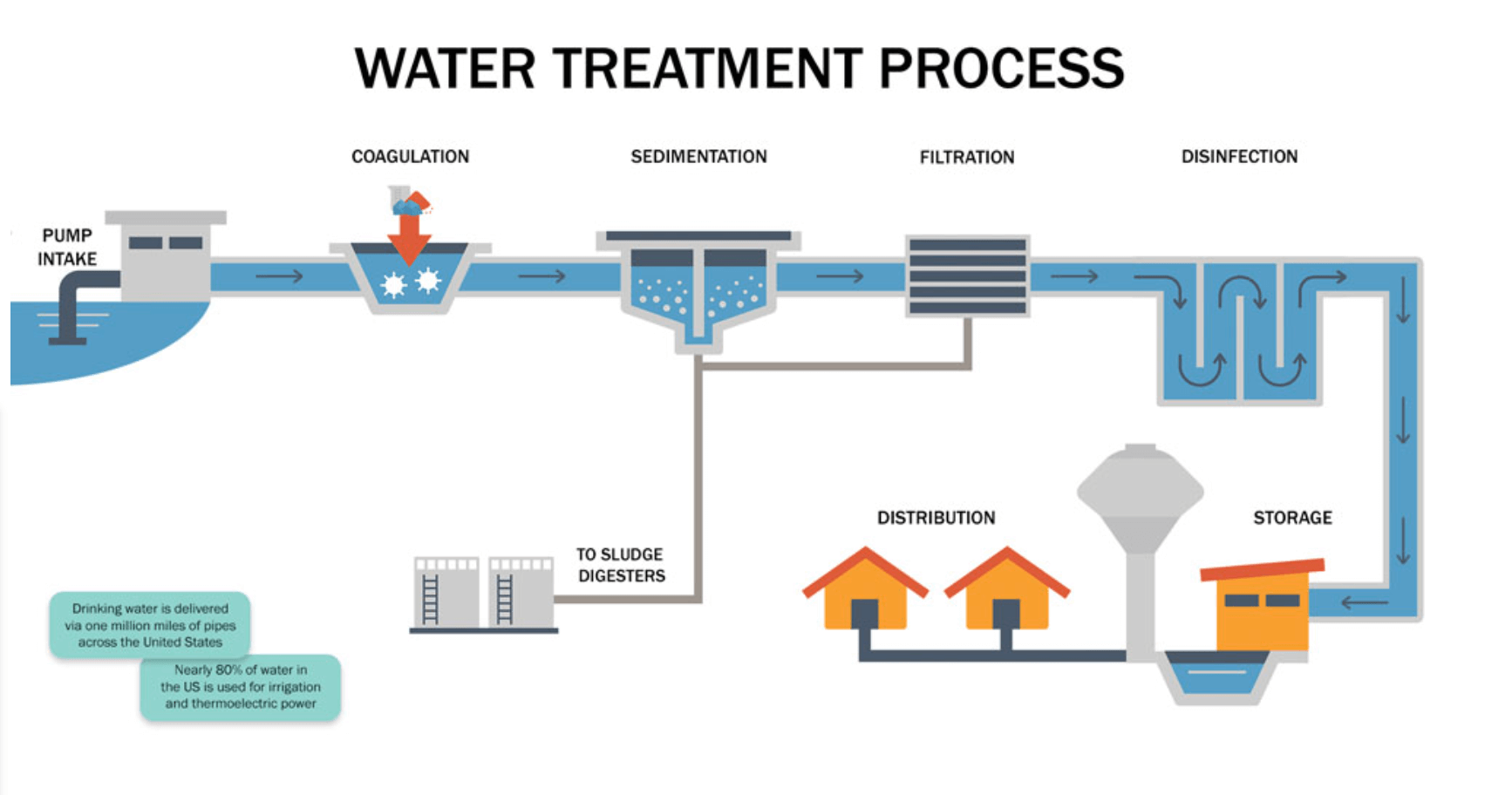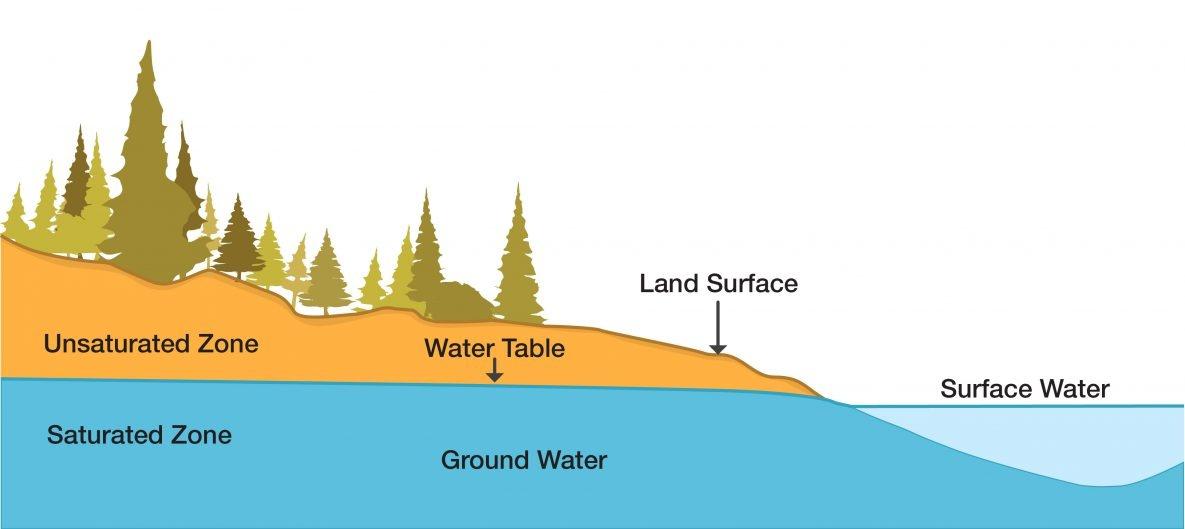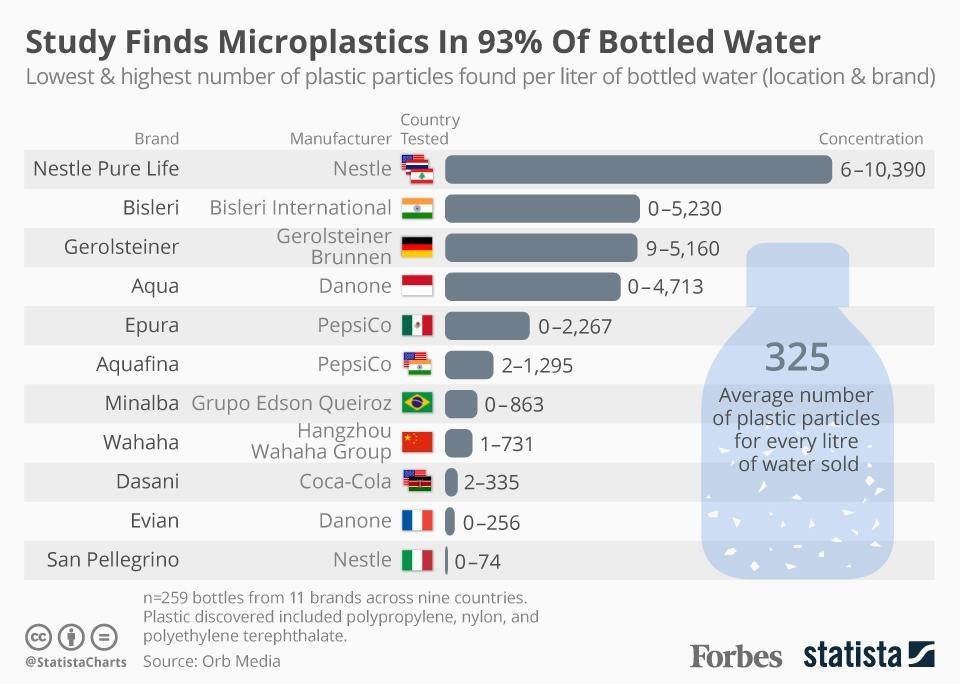Water is crucial to our survival.

If you’re anything like me, you’ve pondered the process for bottled water from manufacturing to the time it reaches us. How can they charge so much for something that is essentially free? Why do we choose to pay for it instead of just drinking it straight from the faucet in our kitchen? What is the difference between purified water and distilled? Spoiler alert: they are basically the same, except distilled water lacks minerals that remain in pure water.
And where do they get spring water? Are there people that physically go to springs to get the water? How does that work? Here are the answers to all the bottled water questions you were too afraid to ask.
Sourcing

The FDA regulates bottled water and makes sure it’s safe for us to drink. The Federal Food, Drug and Cosmetic Act (FD&C Act) has standards specifically for bottled water. These include “standard of identity,” “standard of quality,” and “current good manufacturing practice.” These ensure that all types of bottled water are defined, contaminants are contained, and they are safe to consume.
Purified vs. Spring Water
The two most common types of bottled water are purified and spring water. Purified and distilled water can come from anywhere and be made into bottled water locally, while spring water comes from an actual spring. Purified water accounts for about 44% of sales in the United States. Spring water sales rank much higher with 56%.
Spring water is naturally flowing water from a protected underground formation. Water can be collected through a borehole that taps the spring’s formation. If it’s not taken directly from the spring itself, the water is tested to ensure it has the same quality and composition as the water at its surface. Purified water is just tap water that has been filtered and reprocessed.
There’s also purified recycled water that is possibly making its way into bottled water soon. While recycled water may sound off-putting to some, it’s a great tool to utilize in potential drought situations and regions suffering from general water insecurity. Laws ensure the water is cleaned, disinfected, and analyzed under UV filters before it ever makes its way to our lips. Some of us indirectly drink recycled water already.
Re-using water is a great way to help communities with a more challenging time getting access to clean water. Using contaminated water because you don’t have the choice is something we don’t have to face here in the U.S. Imagine not being able to practice basic hygiene or having something clean to drink. We are fortunate enough not to worry about diseases spreading from a lack of clean water.
FIJI Water
FIJI, the bottled water brand, is an example of artesian water or, in other words, “boujee” water. It could be considered upscale. Artesian water comes from an aquifer. An aquifer is a chamber underground that is formed naturally. Layers of permeable volcanic rock bear water. The rock surrounding it doesn’t allow many contaminants to get in there.
The water is accessed in the same way it is from a spring. FIJI water’s high price tag reflects the fact that it’s sourced in the Fiji islands and is then transported to the United States.
Plastic Problems

If you keep up with environmental news, you’re no stranger to the plastic pollution issue. Bottled water is no exception. While water scarcity is a very real and scary thing, so is plastic pollution.
It’s no secret that bottled water comes in plastic. Most water bottles are made from PET (polyethylene terephthalate), which is recyclable, but most people who drink bottles of water don’t recycle them, so the point of using PET is null and void. Bottled water is being consumed in mass quantities. This is great for bottled water companies but not so great for the environment.
You can be an advocate for clean water and against the sale of bottled water. Such is the case for local governments of the U.S. and Canada right now, who are considering placing a ban on bottled water sales. Did you know only one out of five water bottles is recycled? Landfills are literally overflowing with discarded water bottles.
Plastics are made from petroleum products, which are a non-renewable resource. The plastics industry releases toxins into the environment and can affect our health. Not to mention the packaging used to ship bottled water, which is also a waste and ends up in landfills as well.
Transportation
The transportation of bottled water is energy-intensive. Instead of traveling through pipes underground to faucets as tap water does, bottled water is mass-produced and delivered to consumers.
The vehicles used to transport water from springs or wherever the water is collected to the plants that bottle the water contributes to climate change. The fossil fuels the vehicles burn in transit contribute to the pollution problem we’re also facing.
Consumers are being encouraged to diminish their carbon footprint by drinking tap water instead of out of bottles. The amount of energy used in producing water bottles for us to drink out of is insane. It is 2,000 times more than what tap water takes. Not to mention the millions of barrels of oil it takes to produce the bottled water and distribute it.
Carbon Fingerprint
If the effects of bottled water on the environment have you thinking twice about that case of water you buy once a week, join the club. It’s sad enough to consider the consequences of our carbon fingerprint in general and how it affects our environment globally, let alone how drinking bottled water contributes to it.
The process of bottling water is much more complex than it’s given credit for. The manufacturing process alone takes more energy than most people think. Collecting water from its source and filling bottles with it at a plant is another factor in the energy drain. Distributing those bottles of water to the masses comes at a cost. All of these variables have an impact directly on our surroundings. Hello, global warming.
Making a Change
So, what can we do to help the water crisis? We can start by recycling our water bottles so people can reuse them and making sure PET has a better chance of fulfilling its purpose. By identifying and educating ourselves about our actions’ effects on the world around us, we are one step closer to a cleaner and healthier environment.
[ad_2]
Originally Appeared Here